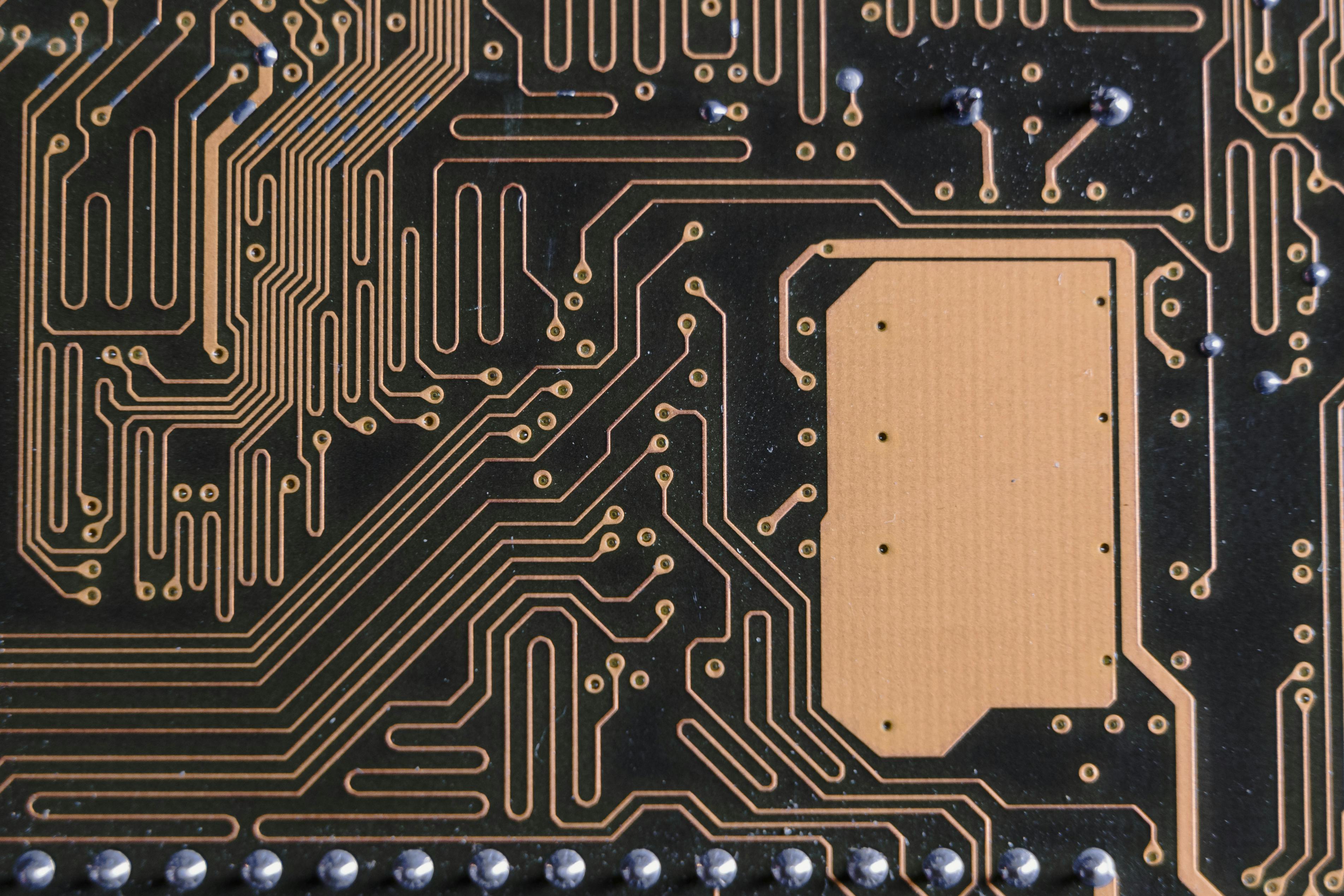Breaking Down the Walls of Reality: Extended Reality (XR) and its Potential to Transform our Lives
In an era where technology's rapid advancements constantly redefine our understanding of the world, Extended Reality (XR), a term encompassing Virtual Reality (VR), Augmented Reality (AR), and Mixed Reality (MR), stands out as a game-changer. This piece delves into the world of XR, its origins, current developments, and what it holds for the future of tech and our everyday lives.

Extended Reality: A Brief Historical Sketch
The roots of Extended Reality can be traced back to the 1960s, when the concept of VR was first introduced by Ivan Sutherland, an American computer scientist. His groundbreaking invention, “The Sword of Damocles,” is considered the world’s first head-mounted display system. However, it wasn’t until the 21st century that this technology really began to take off. With the advent of smartphones and high-speed internet, tech giants like Google, Microsoft, and Facebook began investing heavily in XR, leading to the development of products like Google Glass, Microsoft HoloLens, and Oculus Rift.
XR Today: Bridging the Gap between Virtual and Physical
Today, XR technology is being used in a wide array of fields. In the gaming industry, VR headsets such as the Oculus Rift, HTC Vive, and PlayStation VR have brought immersive gaming experiences to the masses. In the field of medicine, AR is being used for training and surgical planning, providing doctors with a detailed 3D view of the patient’s anatomy. MR, a combination of VR and AR, is being used in fields like architecture and engineering, enabling professionals to visualize their designs in real-world contexts.
The Financial Implications of XR
The market for XR is expected to grow exponentially in the coming years. According to a report by Global Market Insights, the XR market is projected to exceed USD 400 billion by 2026. The growth is expected to be driven by increasing adoption of XR in sectors like healthcare, education, retail, and entertainment. The gaming industry, in particular, is expected to be a major contributor, with VR gaming revenues projected to reach USD 22.9 billion by 2020.
The Future of XR: A New Era of Human-Computer Interaction
As we look to the future, the potential for XR is staggering. In the near term, we can expect to see improvements in hardware, with more compact and affordable headsets, and advancements in software, with more realistic graphics and intuitive user interfaces. In the longer term, we might see the development of XR systems that integrate seamlessly into our daily lives, allowing us to interact with our digital devices in a more natural and intuitive way. Imagine a world where you can pull up a computer screen in thin air, have a holographic video call with a friend, or play a video game in your living room that blends perfectly with your physical surroundings. This is the promise of Extended Reality.
In conclusion, XR is not just another technology trend; it’s a fundamental shift in the way we interact with our digital devices. As the technology continues to mature, we can expect to see a world where the line between the physical and the virtual becomes increasingly blurred, opening up new possibilities for work, play, and everything in between.



